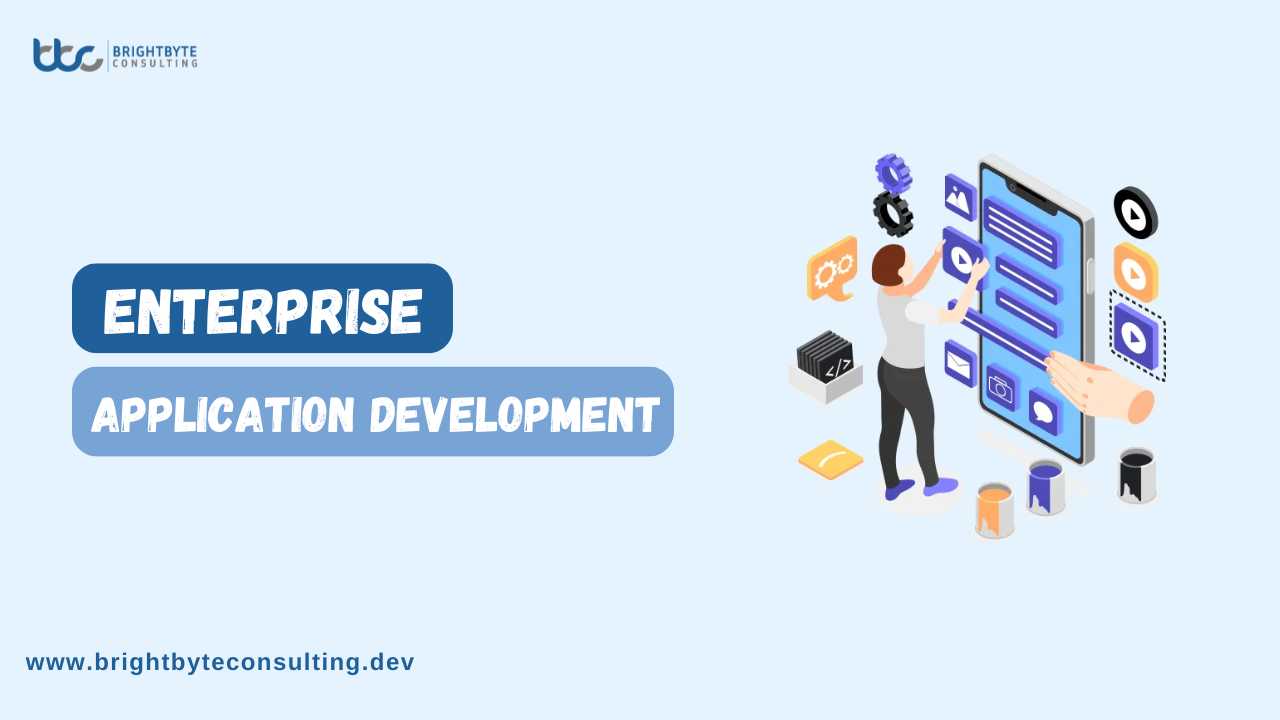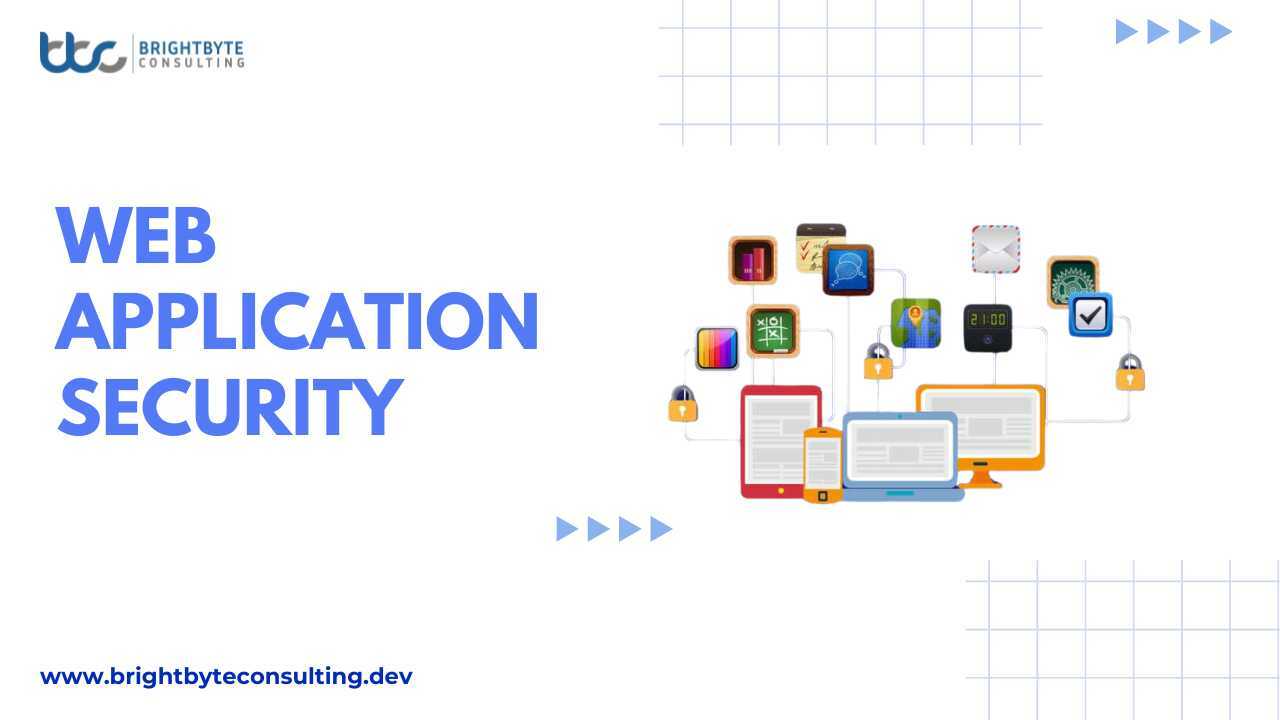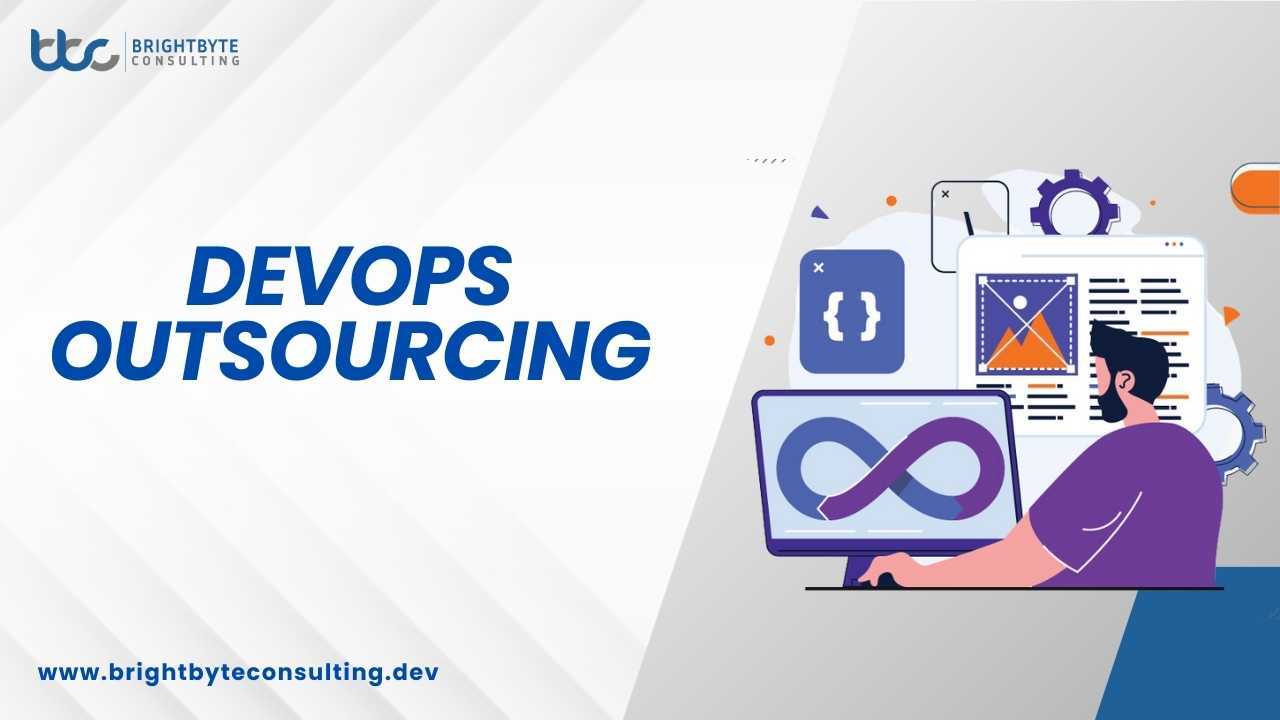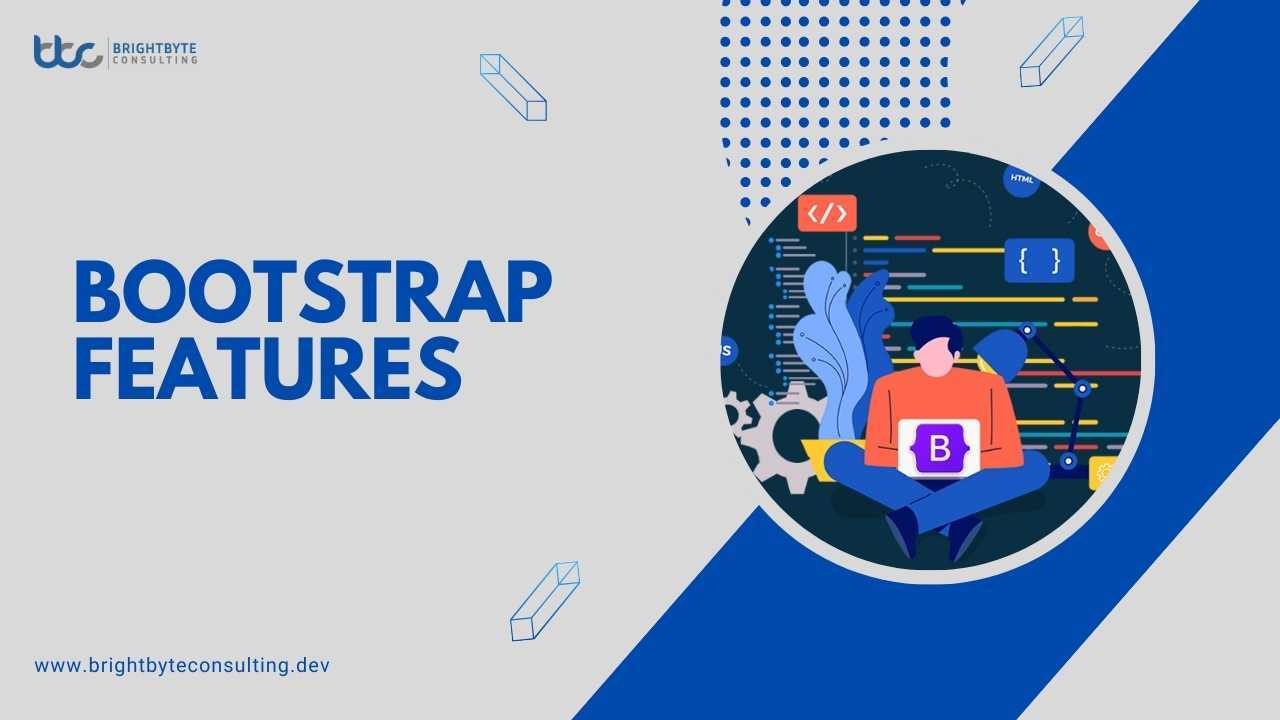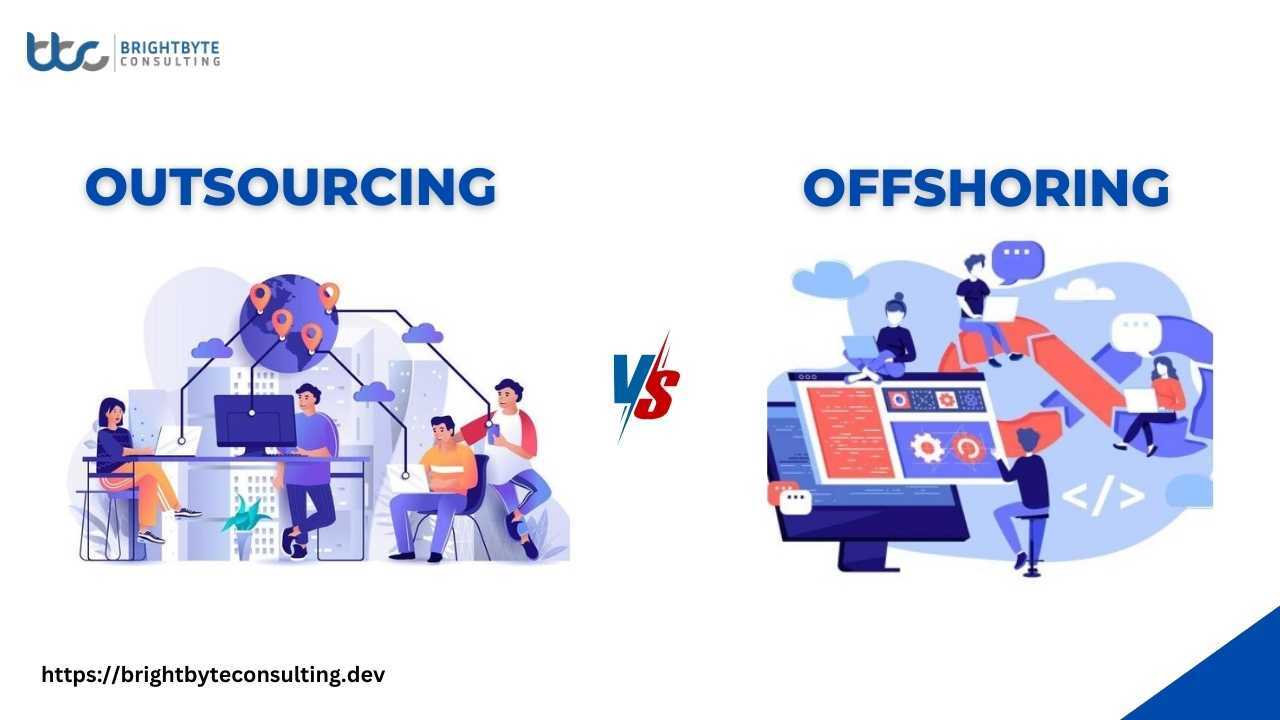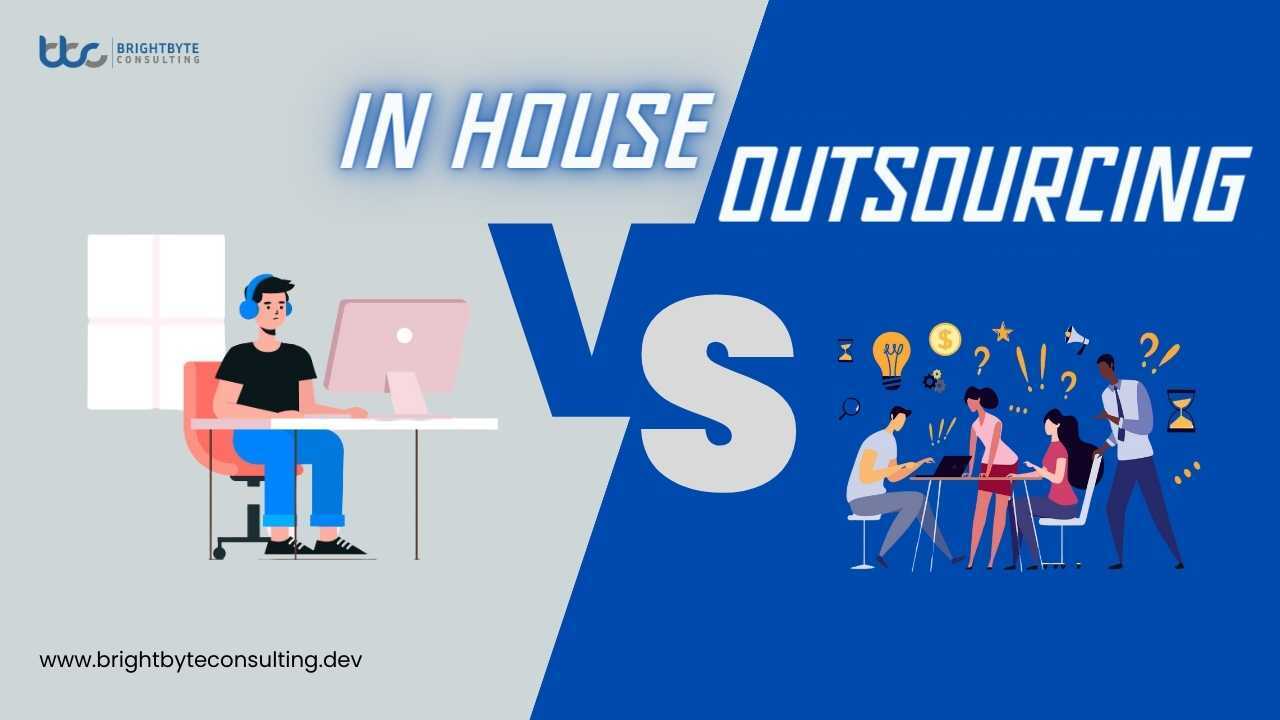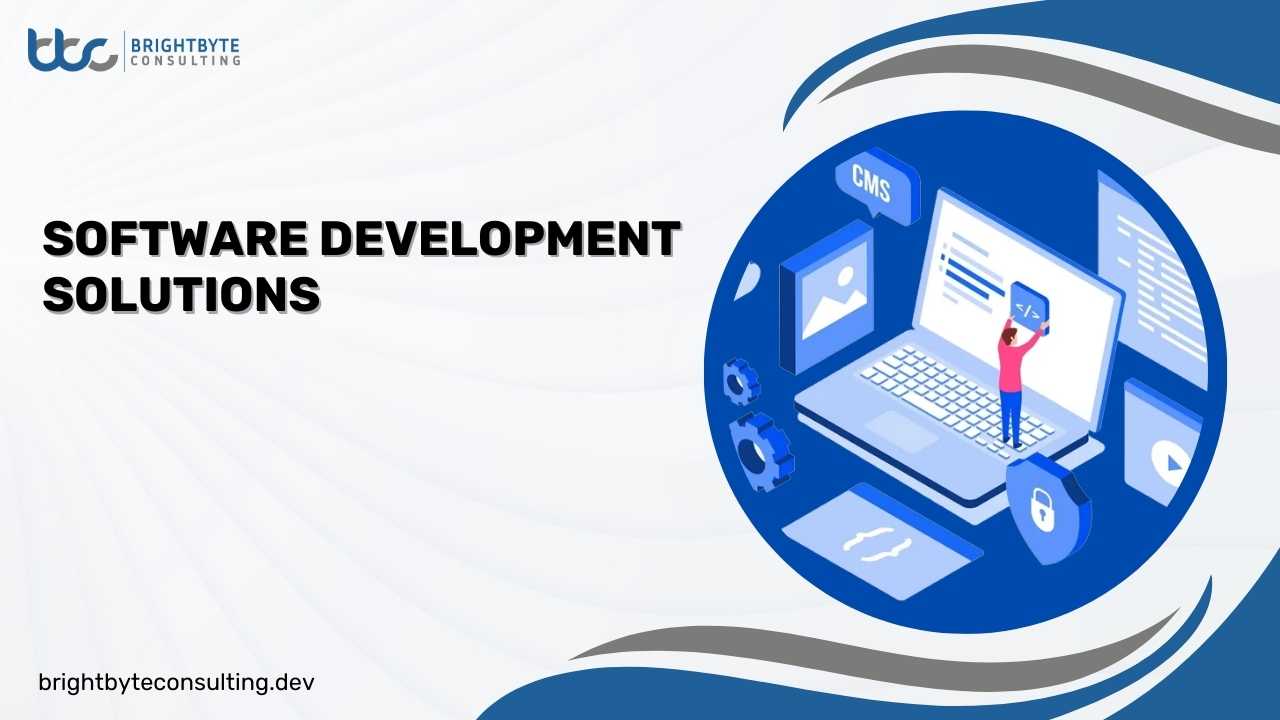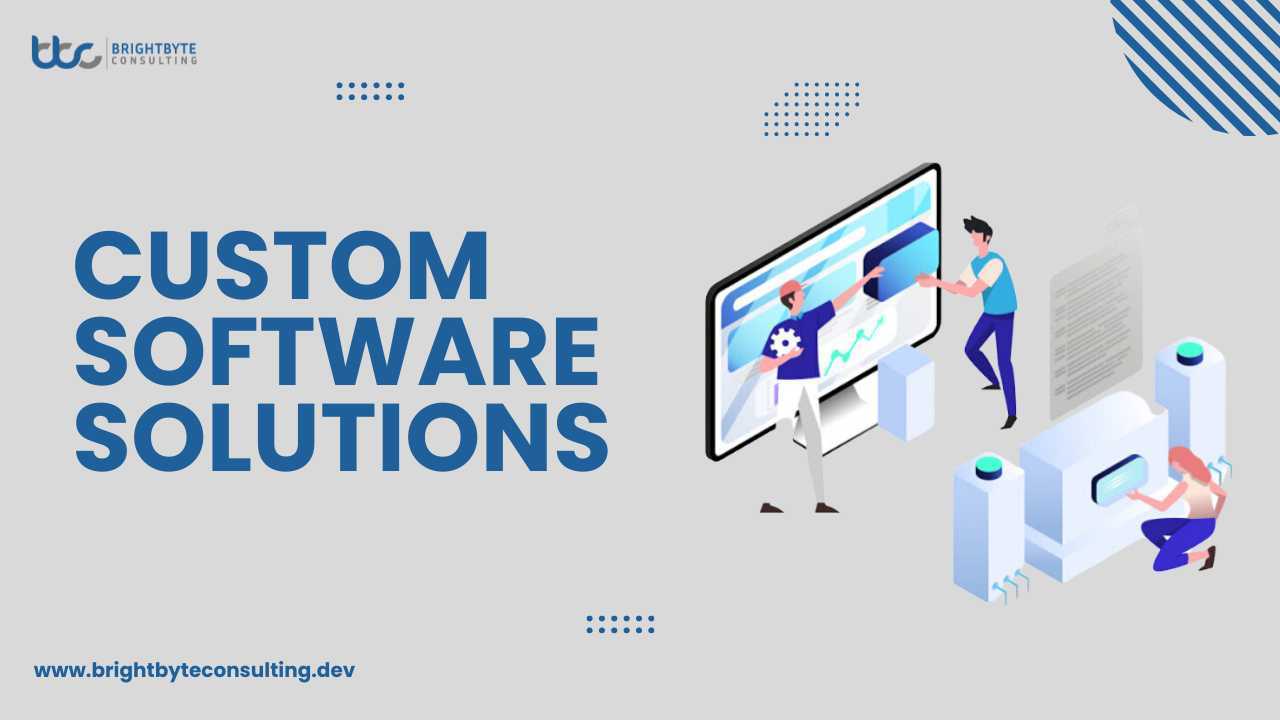Struggling to align business requirements with IT capabilities? You’re not alone. Many organizations face hurdles when creating robust enterprise applications. In this blog, we’ll explore a 6-step process to overcome these obstacles. First, let’s clarify what enterprise applications are and why they matter. These software solutions cater to the specific needs of large-scale organizations. The solutions streamline processes and enhance collaboration, and efficiency.
Yet, developing such apps can be complex. Traditional approaches often involve lengthy development cycles and limited collaboration. There is even a shortage of skilled developers, leading to suboptimal outcomes. However, let’s discuss about Enterprise Application Development
Ready to embark on this journey? Let’s dive in.
What is Enterprise Application Development?
Enterprise Application Development refers to the designing, building, and deploying software apps. These apps are designed to meet complex needs of large-scale organizations or enterprises. Apps streamline processes, boost productivity, enhance collaboration, and solve large-scale challenges.
Enterprise applications typically encompass a wide range of functionalities, including:
- Customer relationship management (CRM)
- Enterprise resource planning (ERP)
- Supply chain management (SCM)
- Human resource management (HRM)
- Business intelligence (BI).
Difference b/w Traditional & Modern Enterprise App Development
| Traditional Enterprise App Development | Modern Enterprise App Development |
| Lengthy development cycles | Agile development methodologies |
| Limited collaboration among teams | Emphasis on cross-functional teams |
| Waterfall project management approach | Iterative and incremental approach |
| Siloed development and operations | DevOps integration for collaboration |
| Monolithic architecture | Microservices architecture |
| Manual deployment processes | Automated deployment pipelines |
| Heavy reliance on on-premises servers | Cloud-native architecture |
| Focus on functionality over user experience | User-centric design and experience |
| Higher risk of project failure due to inflexibility | Flexible and adaptable approach to changes |
| Long lead times for updates and deployments | Continuous integration and delivery for rapid updates |
Key Considerations for Platform Selection
Cloud-based enterprise application development companies typically offer tools accessible without specific hardware requirements. To find a suitable platform for your enterprise’s application strategy, consider these factors:
Faster Application Development Tools
When developing business applications, speed is paramount. To expedite the process, top-tier app development tools incorporate various time-saving features. These features encompass visual prototyping, model-driven business logic development, and seamless API integration. Additionally, they facilitate effortless testing and analytics. Moreover, they offer to use code, low code, or even no code development methodologies.
Security
Custom applications often handle critical customer and company data, making security paramount. Leading application development tools prioritize built-in security measures to protect sensitive information. These include network- and application-level security features to mitigate potential vulnerabilities. Robust password policies, permissions, and multi-factor authentication enhance security measures. Additionally, field- and row-level security, penetration testing, and secure firewalls further bolster protection. HTTPS encryption, threat detection, and IP login restrictions add to defense against threats.
Scalability
As businesses expand, their tools must grow alongside them. Effective app development tools should scale seamlessly to accommodate your business’s growth. This helps ensure they remain valuable tomorrow as they are today. Tools capable of handling large volumes of data, facilitate business growth better. Additionally, tools that can align with your existing practices will remain relevant as your operations evolve.
Adapting to Disruptive Innovations
Innovations often disrupt existing markets. Superior enterprise application development tools are equipped to support these changes. This prevents your business from falling behind. Features like continuous DevOps, and enhanced API management guarantee integration of disruptive innovations. Additionally, encryption key management adds an extra layer of security to your workflow. These functionalities collectively enhance efficiency and adaptability within your organization. Built-in machine intelligence empowers users to incorporate intelligent task automation directly. This further enhances efficiency and adaptability.
Accelerating Custom App Development
Despite having the right tools, building a custom app from scratch is time-consuming. An enterprise application development platform, developed natively by third parties can be transformative. This reduces development time and costs, ensuring your application is available when needed.
Enterprise App Development Barriers
- Legacy Systems: Outdated software applications pose compatibility challenges with modern technologies. This hinders integration with new enterprise applications. Limited functionality, poor performance, and security vulnerabilities are common issues.
- Poor Collaboration: Alignment between business & IT strategies is crucial for successful app development. Misalignment can lead to unrealistic expectations, delays, and inefficient resource utilization.
- Developer Shortage: High demand for skilled developers often exceeds the available supply, resulting in recruitment challenges. This scarcity can cause delays in project timelines and intensified talent competition.
- Lack of Organizational Agility: Inflexible organizations struggle to adapt to evolving customer needs. This impacts their ability to respond effectively. Achieving organizational agility is essential for successful enterprise app development.
Conclusion
Enterprise application development is essential for streamlining processes and solving large-scale challenges. Despite facing obstacles such as legacy systems and developer shortages, businesses can overcome these challenges. They just need to use the right tools and strategies. By adopting modern development approaches businesses can stay competitive in the market.
FAQs
What is the purpose of enterprise application development?
Enterprise application development aims to design, build, and deploy software solutions. These are tailored to meet the complex needs of large-scale organizations. These applications streamline processes, boost productivity, enhance collaboration, and solve business challenges.
What are some common types of enterprise applications?
Common types of enterprise applications include:
- Customer relationship management (CRM)
- Enterprise resource planning (ERP)
- Supply chain management (SCM)
- Human resource management (HRM)
- Business intelligence (BI)
What are the key differences between traditional and modern enterprise app development?
Traditional approaches involve:
- Lengthy development cycles
- Limited collaboration,
- Siloed development and operations
In contrast, modern approaches emphasize:
- Agile methodologies
- Cross-functional teams
- Iterative development
- DevOps integration
- Microservices architecture
- Automated deployment pipelines
- Cloud-native architecture.
What factors should I consider when selecting a platform for enterprise application development?
Important factors to consider include faster app development tools, security features, and scalability. Also, adaptability to disruptive innovations and prebuilt components should be considered.
What are the main barriers to enterprise application development?
Common barriers include compatibility challenges and poor collaboration between businesses and teams. Shortages of skilled developers and inflexible organizational structures is also an issue. Overcoming these barriers requires addressing talent shortages, and fostering organizational agility.

